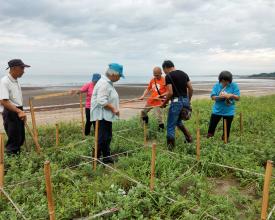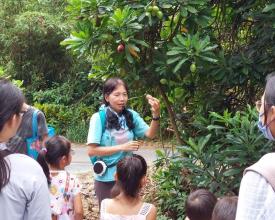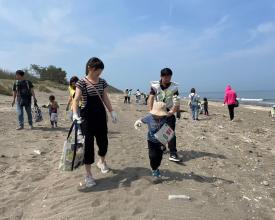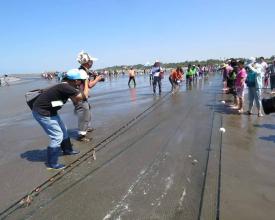
Forest, River, Field, and Sea in Communities of Xinwu, Taoyuan
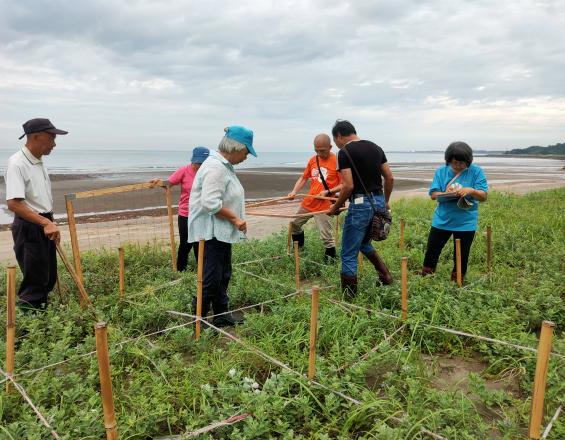
Bengang Village, Shenzhen Village, and Kejian Village are coastal communities in Xinwu, Taoyuan. Situated next to each other between the basins of Shezi Stream and Fuxing Stream, they feature four main ecosystems: algal reefs, windbreaks, stone fish weirs, and farmlands/ponds.
In 2022, the Hsinchu Branch of the Forestry and Nature Conservation Agency organized the "Forest-River-Fields-Sea Socio-Ecological-Production Landscapes and Seascapes (SEPLS) Localization Resilience Assessment Workshops (RAWs)." The RAWs identified key challenges faced by Xinwu's coastal communities, including changes in natural and land resource utilization, climate change-induced natural disasters, environmental pollution from industrialization, invasive species, rural depopulation and aging, and the erosion of local cultural knowledge. Conserving and enhancing the resilience of these communities’ SEPLS is an urgent task.
Impacts
The Branch and coastal communities have integrated cross-departmental units and corporate resources to promote initiatives across social, economic, and environmental aspects:
1. Living: The community development association established patrol teams and coastal forest protection teams. The communities also formed “Cross-Departmental Governance Team for the Three Coastal Villages in Xinwu” and implemented community conventions to conserve cultural landscapes.
2. Production: Xinwu’s coastal communities’ historical livelihoods were both farming and fishing. The stone fish weir culture and Taiwanese beach seine fishing practices exemplify ancient wisdom, utilizing local materials and promoting sustainable fishing. The community association has been actively preserving this heritage through guided tours, environmental education, ecotourism, etc., thereby fostering sustainable production and boosting economic growth.
3. Ecology: Rich algal reefs (e.g., red and green calcareous algae), coastal plants in windbreaks (e.g., screw pines and horsetail trees), and marine life within stone weirs (e.g., crabs and fish) are key ecological features. Conservation of these valuable habitats and rare wildlife depends on the continuation of traditional land-use practices. The communities conduct plant resource surveys, ecological monitoring, and publish related works to inspire collective action and passion for their homeland.
